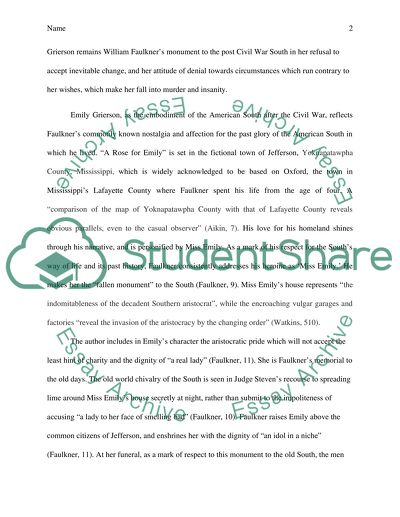Cite this document
(“A Rose for Emily by William Faulkner Research Paper”, n.d.)
Retrieved from https://studentshare.org/literature/1460482-a-rose-for-emily-by-william-faulkner
Retrieved from https://studentshare.org/literature/1460482-a-rose-for-emily-by-william-faulkner
(A Rose for Emily by William Faulkner Research Paper)
https://studentshare.org/literature/1460482-a-rose-for-emily-by-william-faulkner.
https://studentshare.org/literature/1460482-a-rose-for-emily-by-william-faulkner.
“A Rose for Emily by William Faulkner Research Paper”, n.d. https://studentshare.org/literature/1460482-a-rose-for-emily-by-william-faulkner.


